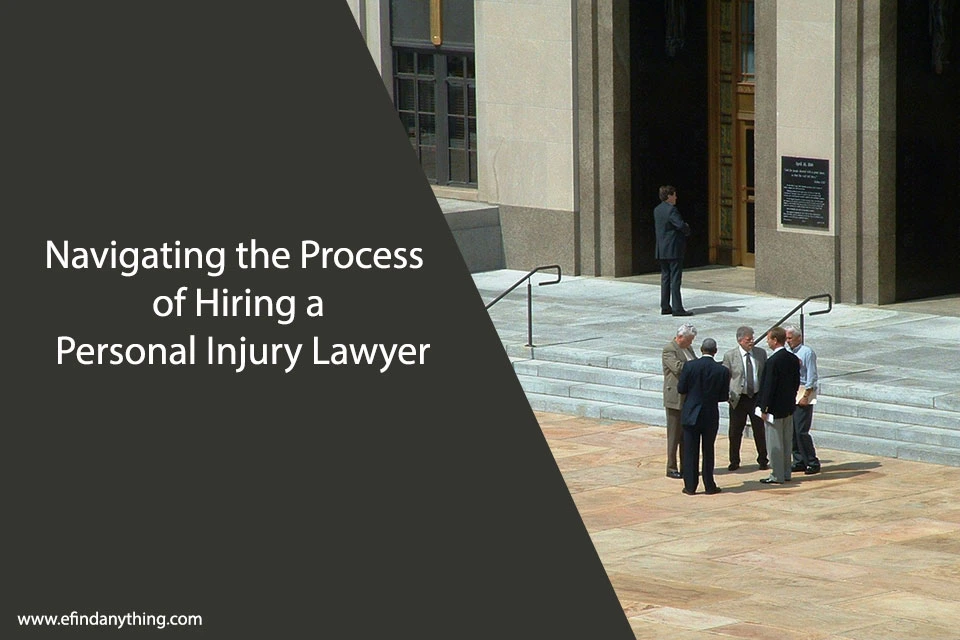
Nursing malpractice refers to the failure of a nurse to provide medical care meeting acceptable standards, causing harm to a patient. It can include medication errors, neglect, failing to monitor changes, or improper procedures.
Global data suggest the risk is not negligible. Around one in ten patients is harmed during health care, and more than three million deaths occur yearly due to unsafe care. In low- to middle-income countries, as many as four in every 100 people die from preventable incidents during medical treatment. (1)
If someone suspects they were harmed by negligent nursing, there are legal paths to explore. However, pursuing a malpractice claim presents significant challenges. Medical records may be incomplete or difficult to obtain, establishing causation requires expert analysis, and the underlying medical complexities can obscure liability. Understanding these obstacles and knowing how to navigate them is essential for anyone considering legal action.
Recognizing Signs of Possible Negligence
Nursing negligence is typically characterized by repeated mistakes or disregard for standard procedures. To legally establish that negligence occurred, specific conditions must be met: the nurse owes a duty of care, there was a breach of that duty, and that breach caused the injury or damage. (2)
Here are common instances of negligence:
- Medication administration errors involving type, dosage, or timing
- Failure to track vital signs or changes in condition
- Poor or inconsistent communication between staff and patient
- Ignoring hygiene, safety, or procedural standards
When any of these occur, keeping detailed records becomes essential. Patients or families should write down dates, times, staff names, and observed issues. Medical charts, discharge summaries, and messages exchanged with care providers can also serve as evidence later.
Seeking Legal Advice
When you suspect negligent nursing caused harm, consulting a malpractice attorney is the critical next step. Legal guidance helps determine whether the issue involves a clear breach of duty in medical professional standards or a general medical complication that, while unfortunate, doesn’t constitute malpractice. They’ll evaluate your evidence and explain how applicable state laws and standards of care apply to your specific situation.
To make the most of an initial consultation, gather key documentation: medical records, bills, written notes about the incident, and any communications with healthcare providers. This allows attorneys to identify patterns of negligence and assess the strength of your claim. Seeking out attorneys with expertise in your state’s medical malpractice laws can be particularly valuable. For example, New York medical malpractice attorneys understand both state-specific regulations and local hospital practices. Their insight can clarify what evidence will matter most if the case moves forward.
Reporting and Documentation
Next, file a formal report with your healthcare facility’s patient relations office or risk management department. This creates an official record and triggers an internal review that may reveal nursing errors or procedural breaches. Filing promptly is critical because it preserves evidence and documents staff reactions at the time, both of which become important if the case escalates to legal action.
Documentation also serves as the foundation of any malpractice claim. Start with medical records, since gaps in charts, prescriptions, or test results can significantly weaken your position if not addressed early. But official records alone often tell an incomplete story. Witness accounts from other patients or family members can corroborate your experience and fill crucial gaps.
Personal notes are equally important. Keep a detailed log of incidents as they happen, recording medication times, staff names, specific conversations, and any unexplained changes to your treatment. When combined, these materials, from medical records and witness statements to your personal documentation, create a compelling narrative of what actually occurred and provide the foundation for both internal investigations and potential legal claims.
Filing a Claim or Lawsuit
After collecting sufficient evidence, the next stage often involves a formal claim. The process usually begins with a lawyer conducting a detailed investigation to confirm that negligence directly caused harm. Once the findings support a case, the attorney may file a notice of claim, informing the healthcare provider and their insurer of the intent to pursue compensation.
Negotiations typically follow. Many malpractice claims are settled before reaching court, as hospitals and insurers often prefer to resolve matters privately. If no agreement is reached, the case may move forward as a civil lawsuit where the award amount is decided by the court. The court then reviews medical testimony, expert opinions, and all documented evidence to determine liability and damages. (3)
Litigation can be lengthy and emotionally draining, especially when the rule of discovery affects how long a patient has to file a claim. Some individuals choose mediation instead, where both sides meet with a neutral third party to reach a resolution without going to trial.

Patient Advocacy and Support Resources
Multiple resources exist to help patients navigate malpractice claims. National organizations like the National Medical Malpractice Advocacy Association (NMMAA), for instance, provide education, guidance, and complaint assistance specifically for victims of medical negligence. State-level resources are equally important. Every state has a Board of Nursing that oversees nurse licensing and discipline, allowing you to file formal complaints if you believe a nurse violated standards of care.
You can also look through directories like the NAHAC (National Association of Healthcare Advocates) to find an advocate in your state. Additionally, state health departments typically maintain patient complaint offices that can direct you to appropriate channels.
Beyond formal channels, emotional and practical support is essential when managing a malpractice claim. Counseling services, peer support groups, and hospital ombudsman programs help you process the experience and maintain perspective throughout the process. While less structured than legal or regulatory bodies, these resources address the psychological toll that malpractice claims can take on patients and their families.
Suspected nursing malpractice demands a clear, measured approach. Recognizing early warning signs, recording every detail, and seeking professional advice all help build a foundation for fair review. Each action adds structure to what can feel like a confusing process.
While every case differs, informed and timely steps can give patients and families the best chance to protect their rights and pursue accountability.
References:
- “Patient safety,” Source: https://www.who.int/news-room/fact-sheets/detail/patient-safety
- “Medical negligence in healthcare organizations and its impact on patient safety and public health: a bibliometric study”, Source: https://pmc.ncbi.nlm.nih.gov/articles/PMC8156516/#:~:text=the%20clinician%20owes%20a%20duty%20of%20care%2C%20there%20was%20a%20breach%20of%20that%20duty%2C%20and%20that%20breach%20caused%20the%20injury%20or%20damage
- “The Anatomy of a Malpractice Lawsuit”, Source: https://pmc.ncbi.nlm.nih.gov/articles/PMC9954963/#:~:text=the%20majority%20of%20medical%20malpractice%20suits%20are%20settled%20outside%20of%20court.











